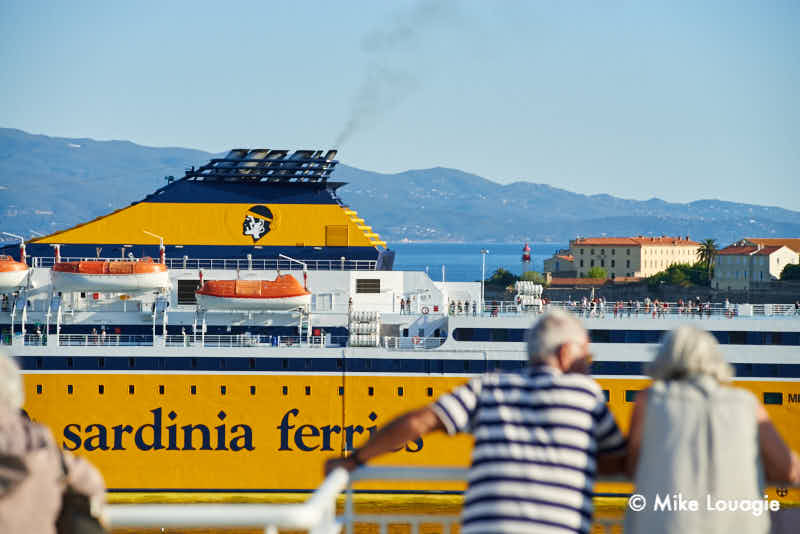Port of Genoa Reached a New Year Record for Cruise Traffic and a 4% Increase in Ferry Passengers
In 2019, ferry passengers increased by 88,274, compared to 2018. In total 2,168,721 passengers have been counted.
(Source: Stazioni Marittime, the local ropax terminal operator, a joint venture of MSC, Grandi Navi Veloci, Costa Crociere and Moby)
Ferry passengers between Genoa and
- Sardinia +108,000
- Palermo -11,000
- North Africa -4,800
- Corsica -5,000
Roro traffic: 1,793,116 lane metres = -4,62% For the current year a small increase of 2% ferry passengers is expected. Adding also the cruise traffic, the total number of passengers in the port of Genoa reached 3.5 million passengers.











